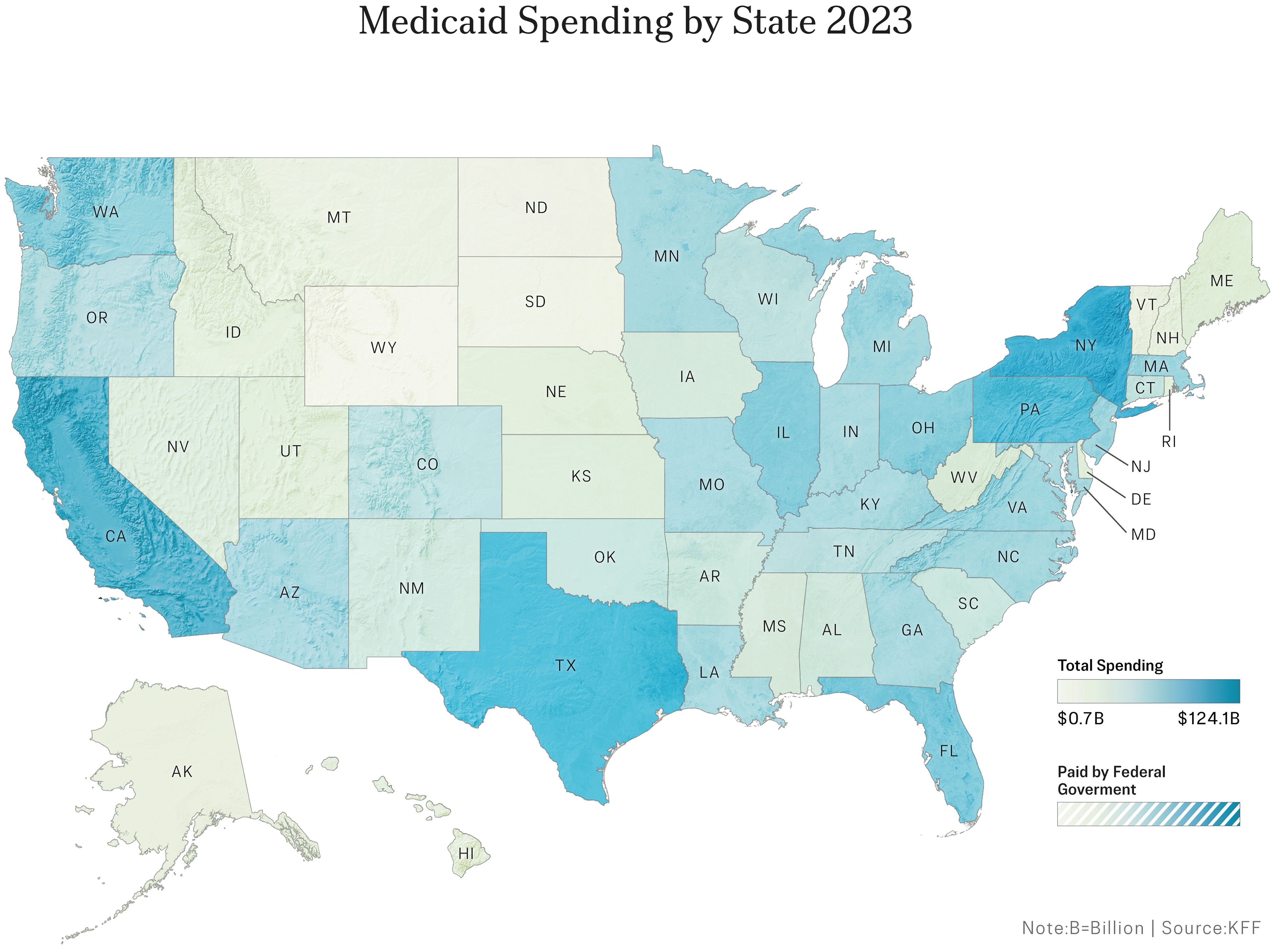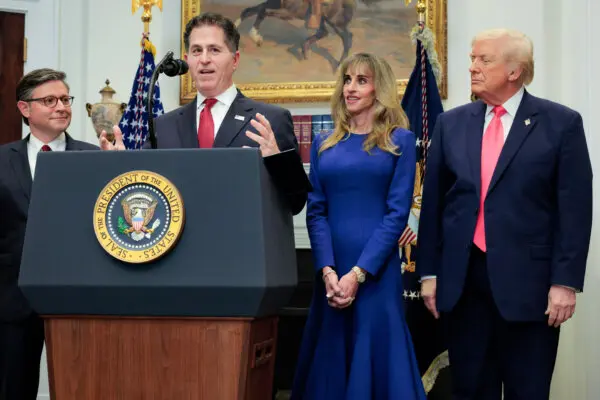Republican lawmakers are divided over a potential change in Medicaid funding that pits moderates against fiscal hawks and threatens to further delay the budget reconciliation process.
Two proposals at the center of contention would shift additional responsibility for funding the program—which provides health coverage for millions of low-income Americans—from the federal government to the states.










